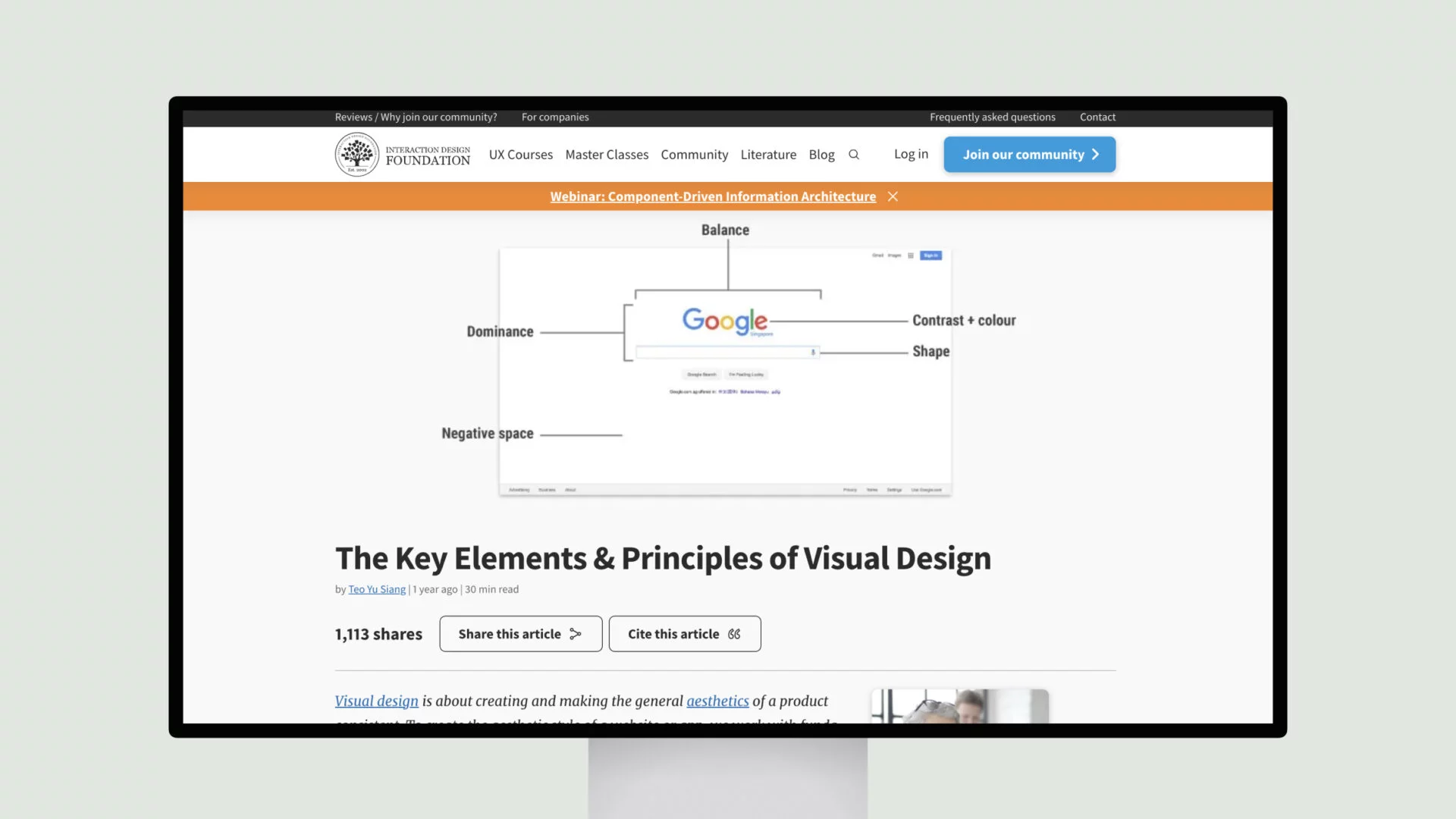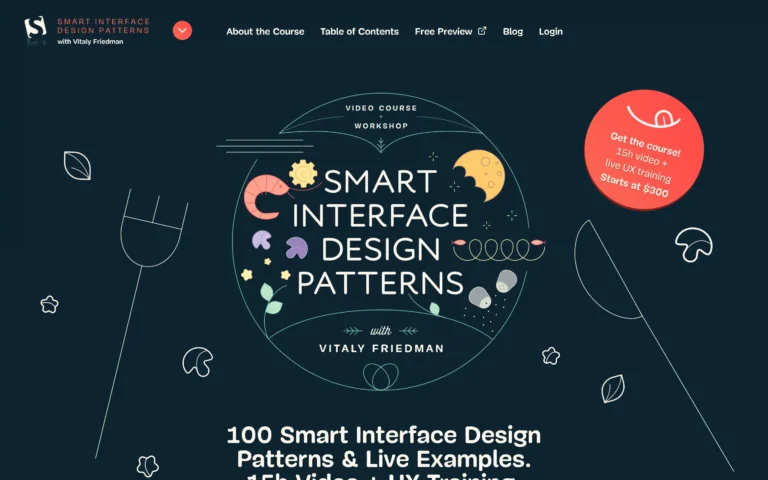Visual design utilizes fundamental building blocks known as elements and principles. Elements include line, shape, space, value, color, and texture. Principles govern how elements are arranged and include unity, hierarchy, balance, contrast, and gestalt.
Unity creates harmony. Hierarchy shows importance through size, color and placement. Balance produces equilibrium, while contrast introduces variety. Gestalt exploits human perception to perceive wholes.
Designers skillfully manipulate elements through principles to effectively communicate. Line conveys emotion, while negative space defines form. Shape simplifies recognition, and color stimulates emotion. Hierarchy directs attention, and balance feels right.
These techniques underlie all visual communication, from logos to layouts. With experience, designers learn elements and principles like a second language, speaking through visuals what words cannot. Mastery requires constant practice but yields work that engages audiences through intuitive expression of complex concepts.







